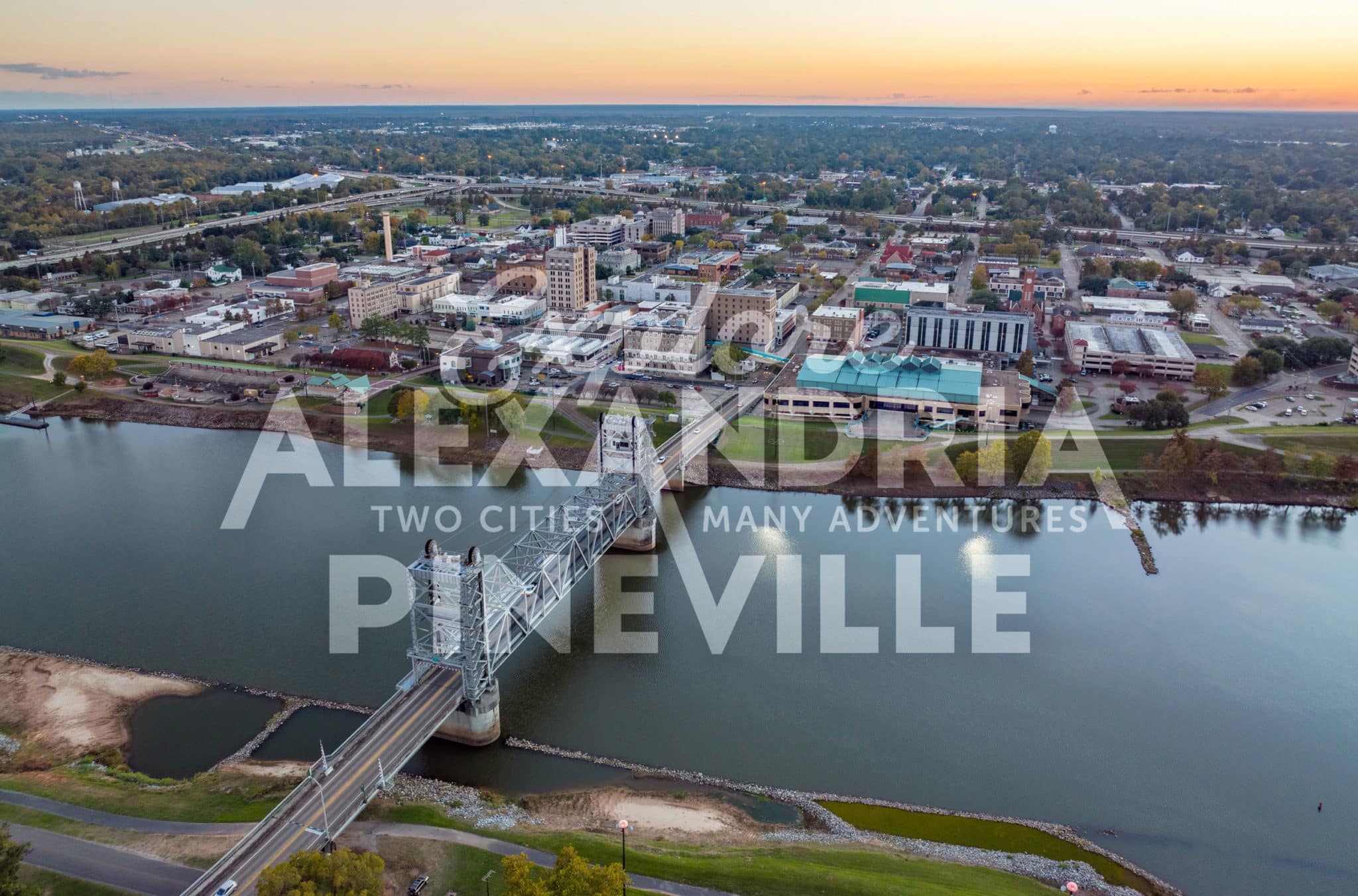The old Alexandria Public Library stands on the center square of the original town plat commissioned by Alexander Fulton in 1805. The center square was reserved for public use “solely for advancement of learning and culture.” In 1907, Mr. S. S. Bryan of Alexandria and philanthropist Andrew Carnegie each offered $10,000 to the city for the construction of a free public library. The Board of Aldermen designated a lot in the center square and hired the New Orleans architectural firm of Crosby and Henkel to design the building in a similar style to that of other Carnegie libraries throughout the United States. It opened as the Alexandria Public Library on April 8, 1908. It has been the home of the Alexandria Genealogical Library and History Museum since 1971. Constructed in the Beaux Arts style of brick and terra cotta, the library is raised above grade on a stuccoed basement which contains service and storage areas and now houses the Louisiana History Museum. The main section of the building is faced in brick with red colored mortar. It is articulated with squared pilasters with terra-cotta molded capitals and oeil-de-boeuf motifs along the necking. These pilasters support a narrow brick entablature with a pronounced cornice. The entablature is topped with a slight parapet and a spreading hip roof covered in red adobe tile. Unlike the party wall commercial buildings that compose a large portion of the buildings downtown, it is a freestanding pavilion which adds to its monumental appearance despite its relatively small size. The vast majority of the buildings downtown are products of the builder tradition, with minimal stylized elements. The library is one of very few structures which represent the work of a high style architect, being an academically designed Beaux Arts style building. It features applied classical elements, an axial layout and ornamentation around the entrance. The detail above the main entrance depicts an open book flanked by two torches, denoting the purpose of the building.

